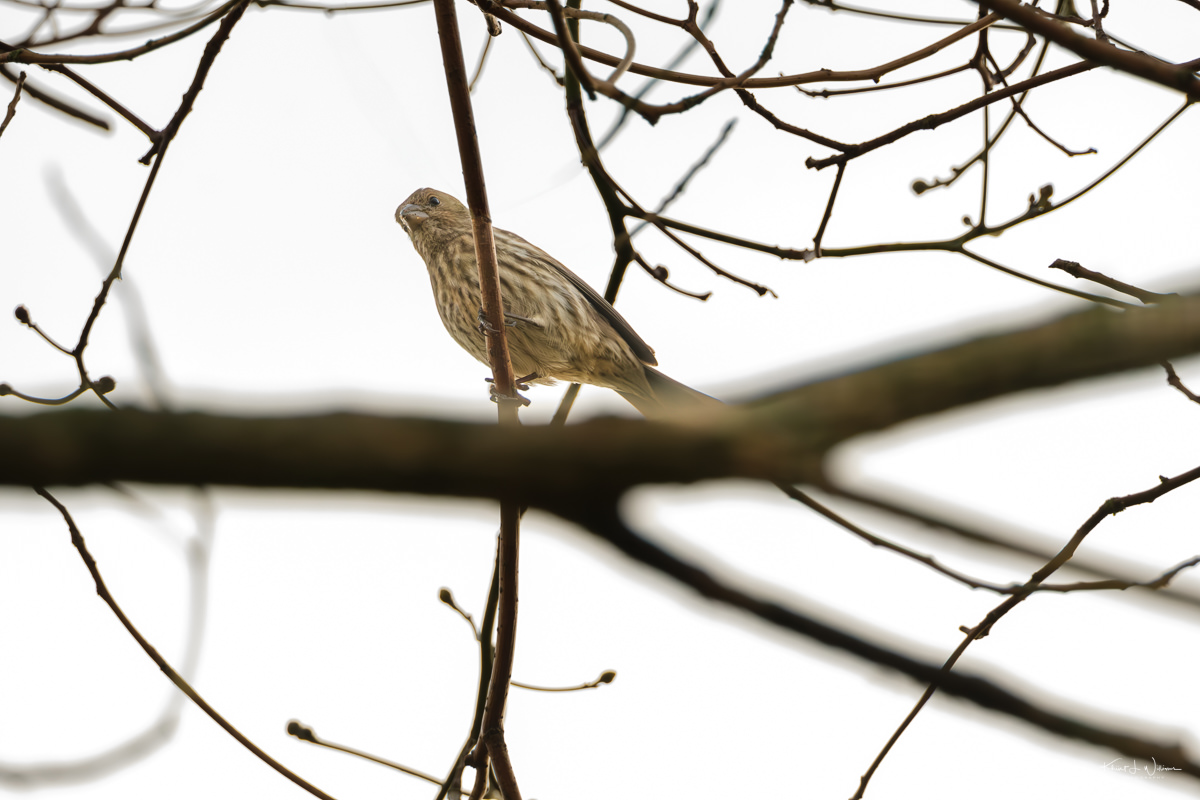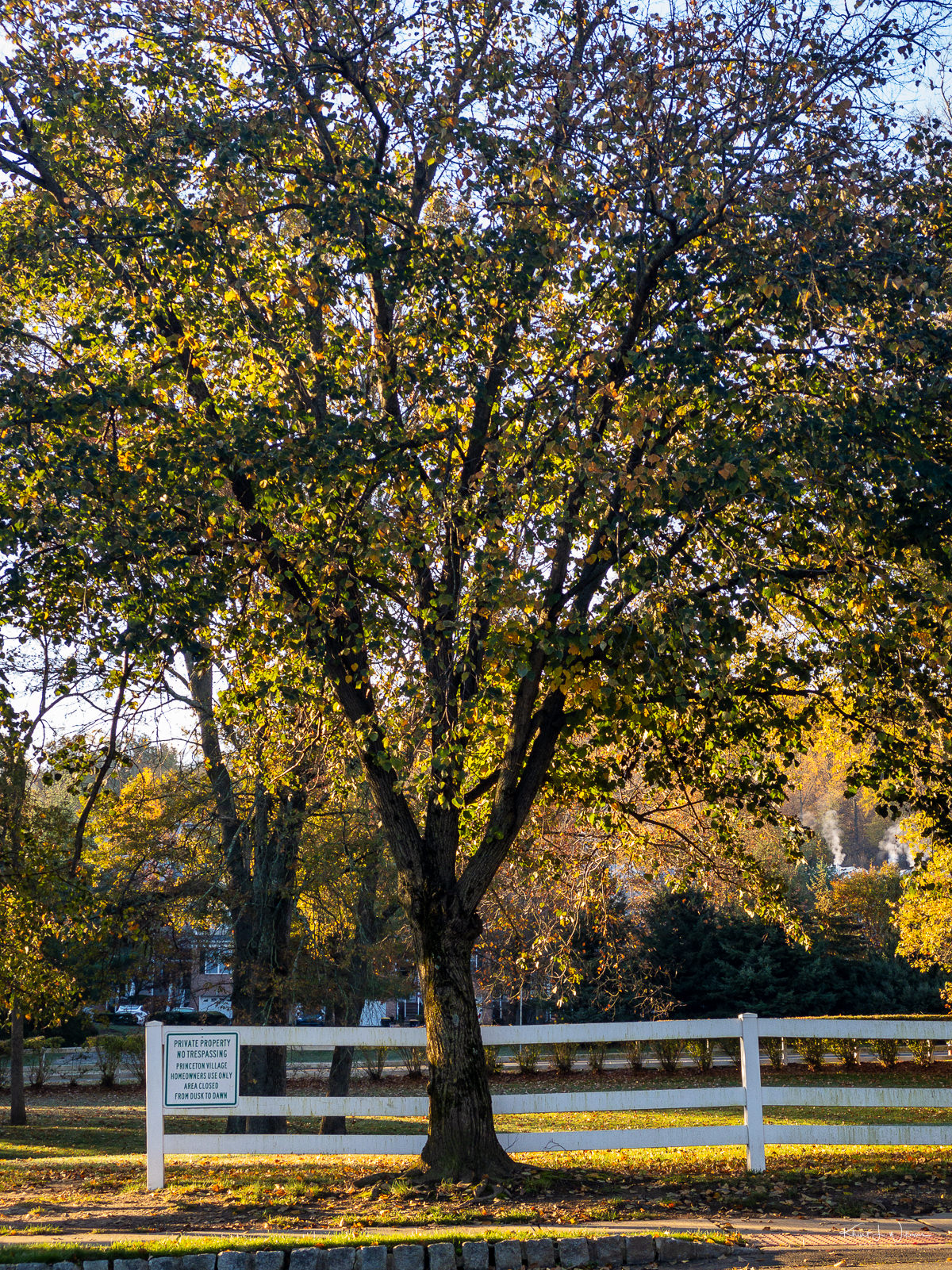Merlin ID app identified this individual as a female house finch. Female House Finches have streaked brown and white plumage, which provides camouflage among the branches and leaves. They lack the red colouring that male House Finches display.
Her soft, earthy tones express her role in the finch family, not the flashy singer commanding attention but the diligent creator of the nest and nurturer of her young.
House Finches, Carpodacus mexicanus, are small, social birds well-adapted to human environments. The females, measuring 5 to 6 inches long, are predominantly brown with crisp, streaked patterns across their back, chest, and sides. Their solid and conical beaks are adapted to their seed-based diet. They will also consume fruits and insects when available, especially during breeding.
These birds are known for their vigorous singing, and the females' more subtle vocalisations often go unnoticed. Yet, her role is critical. She is the primary nest builder, weaving together twigs, grasses, and feathers to create a haven for her eggs, usually in the nooks of buildings or other artificial structures, a nod to their comfort in urban settings.
Originally from the western United States and Mexico, House Finches have expanded their range to cover the entire country, thriving in various habitats. Their conservation status is of "Least Concern," reflecting their successful adaptation and resilience.



